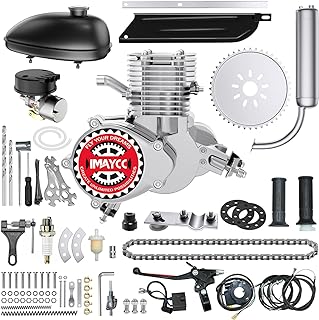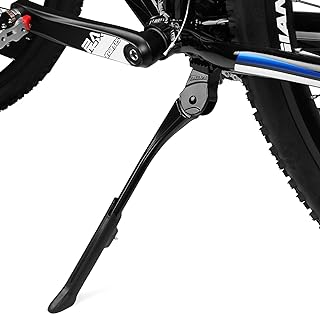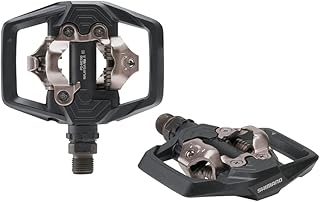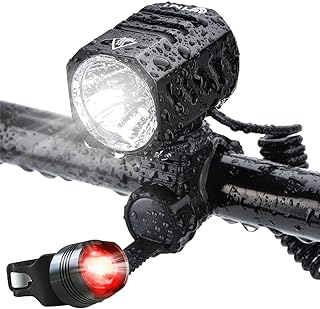5 important factors worth considering when looking for the best spd pedals
When getting into cycling, choosing the right SPD pedals is important for improving your riding experience. As experienced cyclists, we know that the details of these pedals can affect how well you ride on the road or trail. In this article, we will talk about the key factors you should consider when looking at the many SPD pedal options out there. Things like durability, weight, cleat compatibility, and how easy it is to use the pedals all make a big difference in how your biking goes.
See our guide to the best spd pedals.
Cleat compatibility
When you’re buying SPD pedals for your bike, it’s important to know which cleats are compatible with them. This will make your cycling experience better. The type of cleats you use affects how well you can transfer power to the pedals, as well as your comfort and safety on the bike. If you buy SPD pedals without thinking about cleat compatibility, it’s like putting low-quality fuel in a high-performance car – it won’t work well.
Making sure your cleats match your pedals will help you have a ride that is both high-performing and safe. If you don’t pay attention to this, you might end up frustrated and spending more money later on. Using cleats that don’t match your pedals can lead to problems like not engaging properly, having trouble releasing, or damaging the pedals. This affects how well you can ride and can make cycling more stressful and inconvenient.
To avoid these issues, take the time to learn about cleat compatibility before you buy. This small step can make a big difference in having a smooth, efficient, and comfortable ride.
Pedal float
Considering pedal float is essential when choosing SPD pedals because it affects how comfortable and efficient your cycling experience will be. Pedal float refers to how much your foot can move from side to side when clipped in. Adjustable float pedals allow you to customize this movement to fit your preferences and body mechanics. Some cyclists like less float for a secure feel, while others prefer more float to reduce strain on their joints and muscles during long rides. Finding the right balance is important for improving your performance and preventing injuries, making pedal float an important decision for cyclists at any level.
Understanding pedal float is about more than just technical details; it also involves comfort and usability. Choosing pedals with the right float range can help you transfer power efficiently while providing ergonomic support. Embracing pedal float as a versatile feature lets you try different riding styles and adapt to different terrains easily. It adds a dynamic element to your cycling, making your pedaling smoother and improving your stability. Prioritizing pedal float when selecting SPD pedals can lead to a more enjoyable and efficient cycling experience that fits your unique riding style and body needs.
Pedal weight
When you’re looking to buy SPD pedals, it’s important to consider the weight of the pedal. Many cyclists overlook this factor, but it can actually make a big difference in how you ride. Choosing lighter pedals can improve your performance, especially on long rides or tough terrain. Lighter pedals can help reduce fatigue and make pedaling easier and more efficient. Investing in lightweight SPD pedals can make your cycling adventures more comfortable and enjoyable.
In addition, the weight of the pedal can impact how your bike feels and handles. Light pedals can create a better connection between your feet and the bike, improving your control and stability while riding. By choosing pedals designed with weight in mind, you can create a smoother and more responsive biking experience. So, considering pedal weight when choosing SPD pedals can make your rides more enjoyable and efficient, a smart choice for both experienced cyclists and beginners.
Durability
When it comes to choosing SPD pedals, durability is key. You need pedals that can handle city streets and rough trails without breaking down. That’s why it’s important to invest in pedals made from tough materials like stainless steel or aluminum alloy. These materials are not only lightweight but also resistant to rust and damage.
Having durable pedals means you can rely on them for many rides without worrying about wear and tear. It’s a smart choice for cyclists who want a reliable and long-lasting bike equipment. Durable pedals can also help you ride better, as they transfer power from your legs to the bike efficiently. This means you can tackle tough climbs and tricky terrain with more stability and control.
Choosing durable pedals is also good for the environment, as you won’t need to replace them as often. This helps reduce waste and is a more sustainable option in the long run. Overall, durability is a must-have feature when it comes to SPD pedals. It ensures reliability, performance, and a smooth riding experience that will last for years to come, no matter where you ride.
Price
When thinking about how much SPD pedals cost, it’s important to find a good mix of quality and price. While it might be tempting to go for the cheapest option, spending a little more on better pedals can make a big difference in how well they work and how long they last. Good SPD pedals not only make biking smoother and easier, but they also tend to stay in good shape longer, saving you money by not needing to replace them as often. By choosing quality over a cheap price, cyclists can have a better and longer-lasting biking experience.
But it’s also important not to automatically think that more expensive pedals are always better. Some pricey SPD pedals might have extra features that you don’t really need, causing you to spend more on things that won’t help you much. It’s smart to think about what you personally need and like when picking out your SPD pedals. With some research and a clear idea of what you want from your pedals, you can find a pair that gives you a good mix of performance, durability, and value. The price you pay should match the actual benefits you’ll get from the pedals, rather than being high just because of the brand name or extra features you might not use.
Conclusion
Choosing to use SPD pedals goes beyond just being practical; it shows a dedication to precision, efficiency, and a smooth connection between the rider and the bike. Deciding to use SPD pedals isn’t just a personal choice; it’s about committing to improving your cycling skills and appreciating how innovation can make biking even better. By using SPD pedals, you’re joining others who are focused on improving their performance and embracing the latest advancements in cycling. Want more info on friends aren’t, check the best friends aren’t.




